 |
Moby Dick or The Great Whale by Lisel Jane. |
One of my favorite pieces is the above image of the whale, inspired by Herman Melville's Moby dick. The enormity of the creature comes across immediately with the contrast to the tiny human presences in the great sea.
“Consider the subtleness of the sea; how its most dreaded creatures glide under water, unapparent for the most part, and treacherously hidden beneath the loveliest tints of azure..... Consider all this; and then turn to this green, gentle, and most docile earth; consider them both, the sea and the land; and do you not find a strange analogy to something in yourself?” - Herman Melville, Moby Dick.
And then there is the artist I've been in awe of since the 60s - Salvidor Dali. Did you know he did a series of paintings, twelve in total, for an illustrated reprint of Lewis Carroll’s Alice in Wonderland (1865)?
 |
| Salvador Dalí, Mad Tea Party (1969). Image courtesy William Bennet Gallery |
“But I don’t want to go among mad people," Alice remarked."Oh, you can’t help that," said the Cat: "we’re all mad here. I’m mad. You’re mad.""How do you know I’m mad?" said Alice."You must be," said the Cat, "or you wouldn’t have come here.” ― Alice in Wonderland
I love Rene Magritte's Domain of Arnheim, inspired by Edgar Allan Poe's work by the same name (1847)
 |
| Rene Magritte, Domain of Arnheim (1962) |
“There may be a class of beings, human once, but now invisible to humanity, to whom, from afar, our disorder may seem order—our unpicturesqueness picturesque, in a word, the earth-angels, for whose scrutiny more especially than our own, and for whose death—refined appreciation of the beautiful, may have been set in array by God the wide landscape-gardens of the hemispheres.” ― Edgar Allan Poe, The Domain of Arnheim
Another artist who has influenced me for decades is John William Waterhouse. Bellow is his
1888 oil painting, The Lady of Shalott, based on Tennyson’s 1832 poem by the same title.
 |
| The Lady of Shalott by Jon William Waterhouse 1888 |
Finally, for today's journey, Pablo Picasso's depiction of Cervantes’s Don Quixote de la Mancha and companion Sancho Panza.
“She left the web, she left the loom, She made three paces through the room, She saw the water-lily bloom, She saw the helmet and the plume, She look'd down to Camelot. Out flew the web and floated wide; The mirror crack'd from side to side; "The curse is come upon me," cried The Lady of Shalott.” ― The Lady of Shalott
 |
| Don Quixote (1955). Pablo Picasso. |
“When life itself seems lunatic, who knows where madness lies? Perhaps to be too practical is madness. To surrender dreams — this may be madness. Too much sanity may be madness — and maddest of all: to see life as it is, and not as it should be!” ― Miguel de Cervantes Saavedra, Don Quixote
It's stunning how these classic novels have morphed into visual art, answering questions as well as asking new ones.
If you have a favourite work of art inspired by a novel, I'd love to hear about it in the comments.
* * *
Kim Falconer's New YA Fantasy Series is out in 2019 - The Bone Throwers.
Also, check her urban fantasy out now - The Blood in the Beginning - and Ava Sykes Novel and the SFF Quantum Enchantment Series.
You can find Kim on Twitter, Facebook and Instagram.


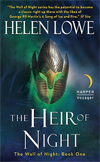
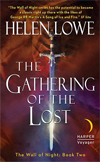


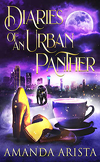
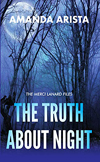

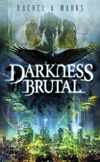
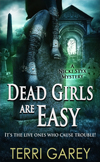
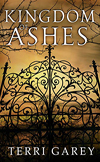
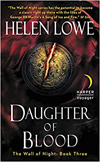
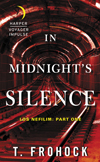
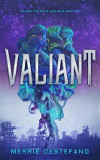
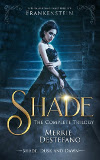

3 comments:
Wonderful post, Kim -- I knew the books but not the art so thank you for opening my eyes. :)
I was surprised at how many works of art came from prose. Dali and Magritte's I knew from art classes decades ago, but when I started to look deeper, oh my!
Really fun topic to explore.
:)
I love The Lady of Shalott. Poem and Painting, painting maybe more so, since I was a teen. I spent a loooong time sat in front of it. I love that a lot of the Pre-Raph’s crossed over between poetry and painting. Cross-pollination of inspiration!
Post a Comment